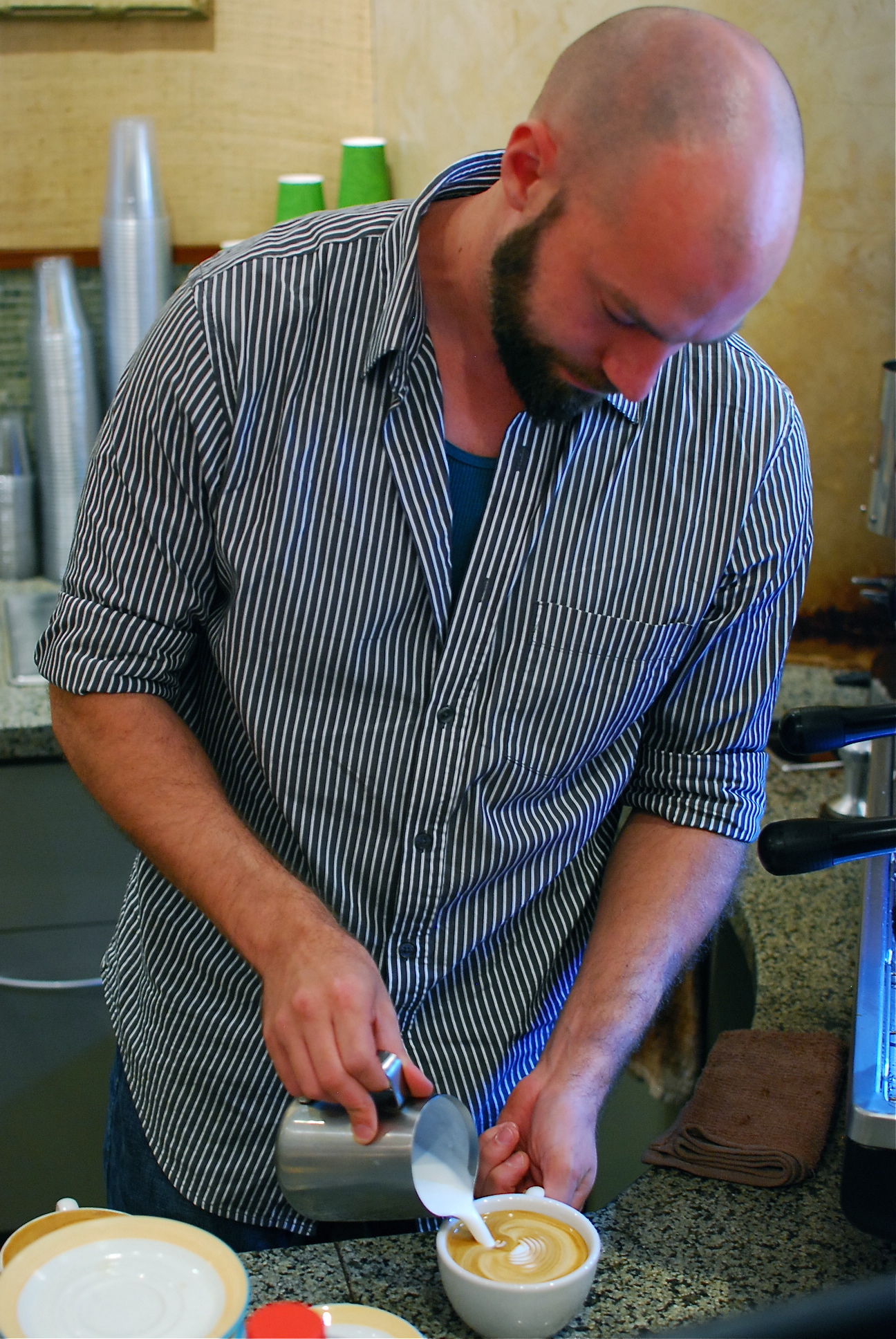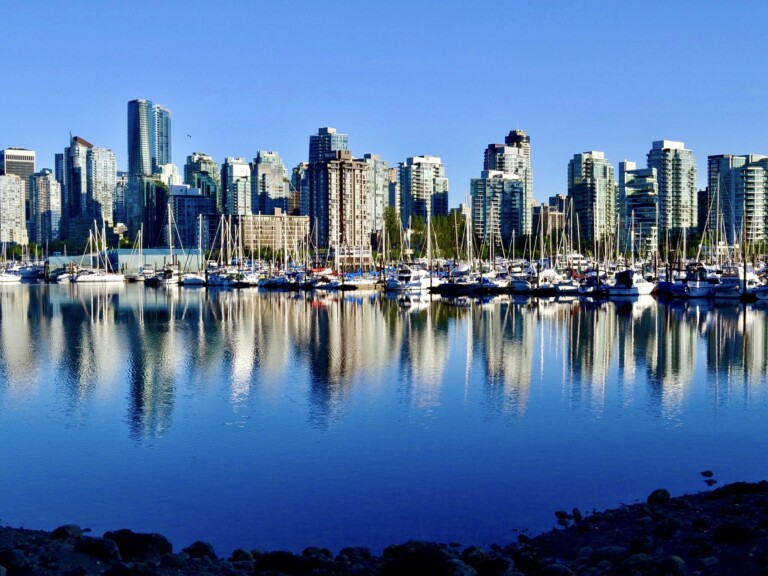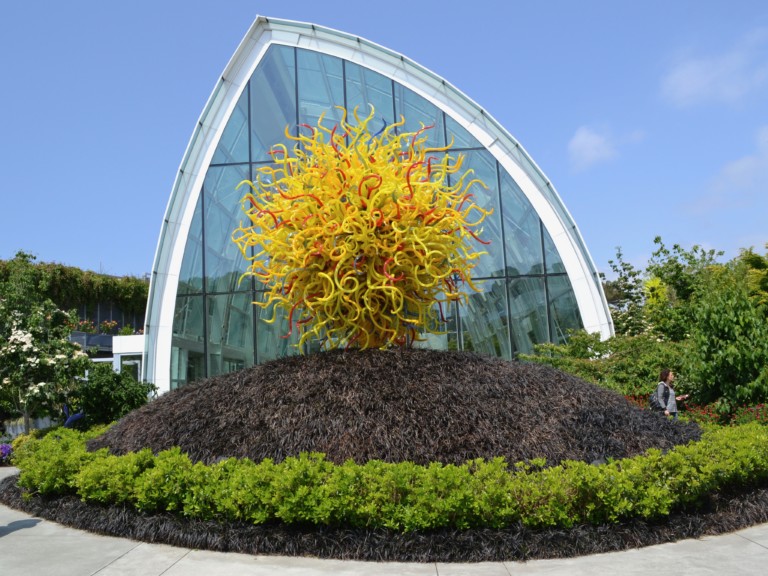I first met Pete Licata in Hollywood, as he won the 2010 Western Regional Barista Competition before catching a return flight to Honolulu. The longtime coffee pro relocated from Kansas to Paradise in 2009, and he’s taken his game to another level in the middle of the Pacific Ocean. He won the 2011 United States Barista Championship and placed second at the World Barista Championship in Bogota, Colombia. On September 28, we met the Honoulu Coffee Company Director of Coffee Quality at the company’s bustling Ala Moana Shopping Center location. He discussed his background, coffee challenges unique to Hawaii and much more.
What would you say the biggest challenges of operating a coffee roasting company on Hawaii?
Some of the biggest challenges that you’re going to find are getting coffee in, firstly because of the fact that we’re coffee producing islands. There’s a lot of regulation on bringing green coffee in from other countries. For example, I can’t get any coffees from Africa, period. They just won’t let ‘em in – I can’t remember if it’s because of CBB [coffee berry bore] – which we already have now – but there’s some parasite they want to make sure doesn’t get all the way here, so they just ban all the African coffees. That’s a big one.
Another big thing is that very little is actually produced in Hawaii, so you always have to bring in your product. You have to bring in your cups, you have to bring in any equipment you need, you have to ship it over, and shipping takes time. It’s also expensive, or it can be…If you’re on the mainland – you get something that’s freighted with a big semi truck across the country, and it costs you a certain amount of money, but it’s a pretty standard way to ship things. If you’re getting something that you need in Hawaii quickly, then you need to air freight it over, if you want it quick, and that’s going to cost considerably more money, or if you get it at regular speed, it’s probably going to take you a couple weeks to a month, depending on the turnaround time…So getting your product and your supplies, in general, can be a real trick. Then if it takes longer, then you’re also talking about maybe having your investment hung up in shipping two weeks or a month longer, so you have money floating out there. As a guy running a business, that can be pretty tough.
As far as sourcing coffee locally, though, it would seem like it’s hard to beat that sort of freshness.
It is. The freshness of the product you’re going to get, depending on where you’re buying the coffee from, you can get fresher coffee with the Hawaiian coffees than you can get from pretty much anywhere, unless you’re one of those importers who’s going to fly in a couple bags of coffee from the country just to get through all the red tape of exporting and customs and everything. You really can’t beat it as far as that’s concerned. It’s great.
There’s a lot of variety on Hawaii that people don’t really know about. For example, everybody knows Kona coffee, and that’s what I used last year, but not many people know that Maui grows coffee, Oahu grows coffee, Hawaii grows coffee. There are other regions of coffee growing as well. On the big island, where Kona is, there’s also coffee in Ka’u, which is one of the coffees I used this year for competition.
I was actually at Rusty’s Hawaiian farm a couple days ago.
Oh were you? Nice. And they’re really cool guys. They’re really, really into the coffee. They are doing some amazing stuff with their product.
You worked with them on an espresso blend?
Yes, I worked with Miguel Meza, specifically. He kind of mentored me, took me around, helped me get ideas and knew where to find the coffees I was looking for, for the general flavor concepts I wanted to do, and what coffees would work better within certain processing styles and elevations.
Was it all Hawaiian?
All Hawaiian, all from Kona and Ka’u.
What was the flavor profile you were going for, and do you feel like you achieved it?
I wouldn’t say I wanted to taste pineapples and green plantains or something. I wanted a balanced coffee, and I wanted it to be very sweet because I think everybody likes a sweet espresso. And I wanted it to be – single origin we had done the previous year, we’d taken different coffees and different processing methods and combined them – so I wanted something with balance, that fruity natural flavor you get from a natural coffee, where the fermentation of the natural coffee. The beginning of fermentation is what you’re basically tasting in the natural. I definitely wanted depth in there, and it adds this deep, juicy sweetness to a coffee. I really wanted a honey coffee, but with a lot of the lower grown coffees in Hawaii, they don’t have a lot of acidity and they don’t have a lot of complexity to them. With a honey process, you get a lot of sweetness and you get a lot of chocolatey body and a thick, velvety body out of it as well. So I knew I wanted that, and I wanted acidity. One of the critiques that I got last year is that I didn’t have enough acidity in my coffee. To really put it out there and to get bold acidity in espresso, so I decided I really needed something else to really pop out a citrusy lemon or orange, something for people to taste right away. That was the Kona coffee that I used. I actually went up to the highest elevation, which was 3000, 3200 feet. In Hawaii, that’s about as high as you can go. I picked coffee up there. That coffee went through a Kenyan style fermentation of washing the coffee, and it came out really nice, really crisp.
So you had individual vertical integration during this process with some help from some other people?
A little bit. I basically did everything myself with input and guidance from Lorie and Miguel, and a little bit from Maria at Kona Coffee & Tea, which is where I picked the Kona coffee, on their farm, called Waiono Meadows.
I was there at their shop this morning.
Nice. They’re really good guys. They’re pretty into coffee. They’ve got a great process because they have the farm, the processing, the roaster and the café. They can literally do a complete seed to cup coffee every day in their café. It’s really cool. There are a couple things they need to get fine-tuned. They’re doing a lot of things, so it’s hard to really have the absolute best you can do on every single one of them when you’re doing it all. It takes a lot more work and a lot more knowledge on their part, and they’re learning, and they want to learn.
They’ve only been around for about seven years?
Yeah, they haven’t been around for too terribly long. They’ve been growing coffee for seven years, but I don’t think they’ve had the café and everything else open for quite that long, as far as I know.
Where is the Pete Licata Blend available?
Right now it’s on Roastee.com, there are several cafes on Oahu that have it. I believe that Kona Coffee & Tea is carrying it right now. So there’s Downtown Coffee on Oahu, in Honolulu. There’s also Beach Bum Café, which is downtown as well. They’re both a couple blocks from each other. I think those are the three.
It’s not available at Honolulu Coffee?
We have our own version of the Pete Licata Blend, which we did with our own coffees, that we source. The coffees from those farms, specifically, they didn’t have available at the time. We got all the same processes of coffees, and a similar flavor profile, just not quite the same beans from the same farms.
But it’s all Hawaiian?
It is all Hawaiian, but it’s just a different iteration, mostly all from Kona. It tastes a little bit different from the one that I have, and the one that Rusty’s Hawaiian is putting out now is going to taste a little different. They have, literally, the same coffees from the same trees, roasted to almost the same specifications that I did for mine. It’s the closest recreation you’re ever going to get of that coffee, other than me going and doing all the stuff again.
Would you do that again?
No, not for competition. It was eight months of work by the time WBC was over, and it was worth it in the end, but I think this year doesn’t have the novelty factor of it. For me, to do it again would be so much work, and it would be kind of doing the same thing. It wouldn’t be pushing the boundaries again.
You said it was worth it. Why do you think so?
Well, because I won the U.S. and got second in the world. I think that’s pretty well worth it, right?
I would say, but I wanted your view…How has winning the United States Barista Championship and placing second at the WBC changed your life?









Leave a Comment